What are these things on my oak trees? Are they harmful and what can I do?
These are oak leaf galls, and although they may look really weird and kind of scary, they’re actually very common and there’s no need to worry. Thanks to MaryAnn and Danielle for sending us pictures from their trees!
This year we’ve seen a few more oak leaf galls than in the past, thanks to the mild winter and the late spring rains. The galls are actually produced by the tree itself, in response to a pest, usually an insect or a mite. Depending on the offending pest, the galls may be many different shapes, sizes and colors. They might even be fuzzy.
The small, reddish galls that we’re seeing on the undersides of our oak leaves right now are caused by tiny wasps. The wasps lay their eggs on the leaves and the tree responds by forming a protective structure, the gall, to contain the wasp eggs while the insect larvae grow into adults. As adults, these tiny wasps do not sting. In fact, you probably won’t ever see them.
The good news : this process causes no noticeable damage to the tree. Actually, we have them every year; you just usually don’t notice them. So there’s no reason to treat the tree or try to remove the galls. Your live oak will drop these leaves in a few months and put on new ones, and next year we most likely won’t see as much of an infestation as this year.

 Deb Tolman
Deb Tolman Daphne Richards
Daphne Richards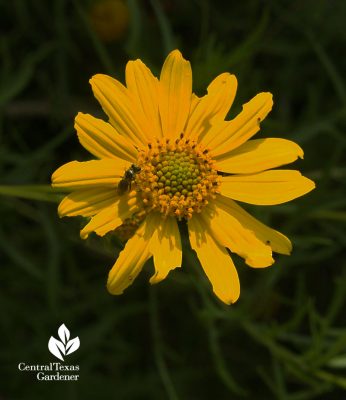
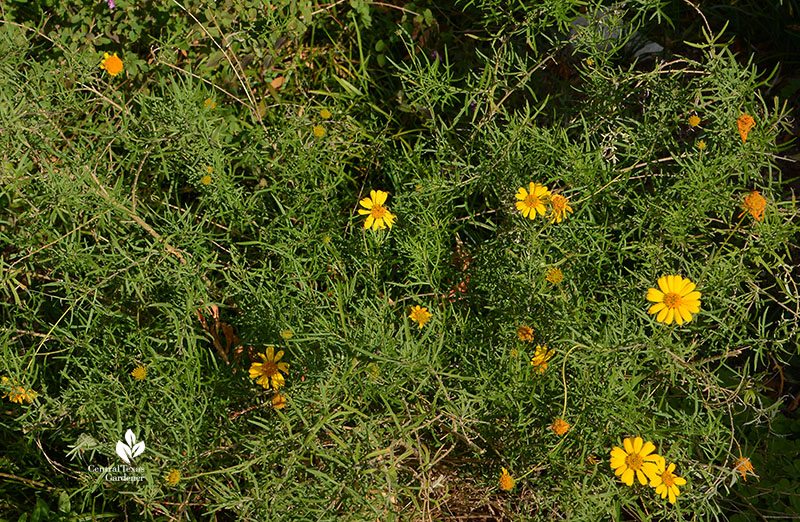 Soil: Skeleton-leaf goldeneye is native to very rocky areas, so it needs very well-drained soil to grow well. If you grow it in clay soils, add decomposed granite and possibly plant on small berms.
Soil: Skeleton-leaf goldeneye is native to very rocky areas, so it needs very well-drained soil to grow well. If you grow it in clay soils, add decomposed granite and possibly plant on small berms.
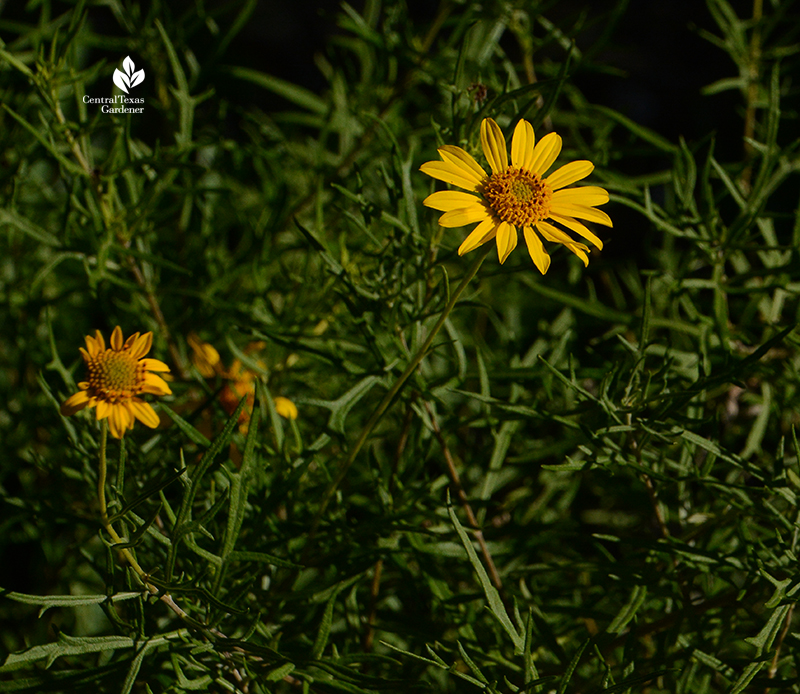 Light: It loves the heat and will do great in full sun, but can also take light shade.
Water: Very drought tough once established. Will benefit from irrigation in prolonged drought.
Light: It loves the heat and will do great in full sun, but can also take light shade.
Water: Very drought tough once established. Will benefit from irrigation in prolonged drought.
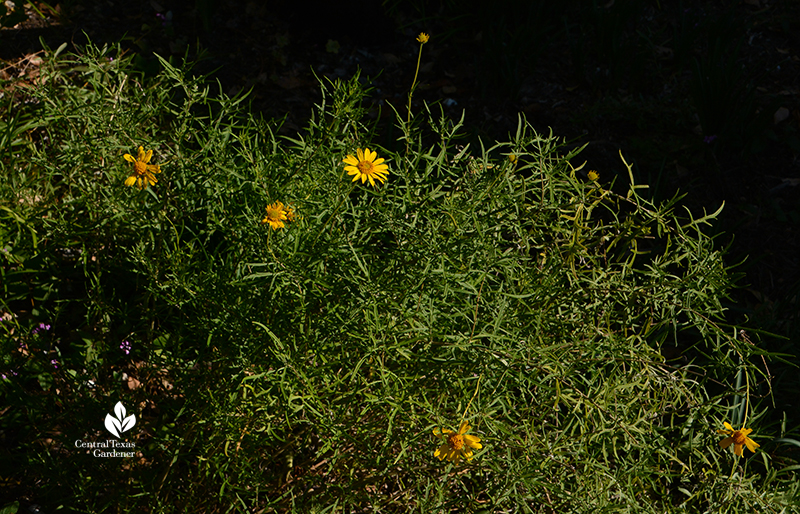 Perennial: In cold winters it will die back to the ground but will re-emerge from the roots. In mild winters it will be evergreen, but it would still benefit from shearing-back to encourage new, bushier growth. Otherwise it will get leggy and unattractive. Cut the plants back to about 6 inches in late winter.
Flowers: Yellow daisy flowers from late spring/summer to frost.
Perennial: In cold winters it will die back to the ground but will re-emerge from the roots. In mild winters it will be evergreen, but it would still benefit from shearing-back to encourage new, bushier growth. Otherwise it will get leggy and unattractive. Cut the plants back to about 6 inches in late winter.
Flowers: Yellow daisy flowers from late spring/summer to frost.
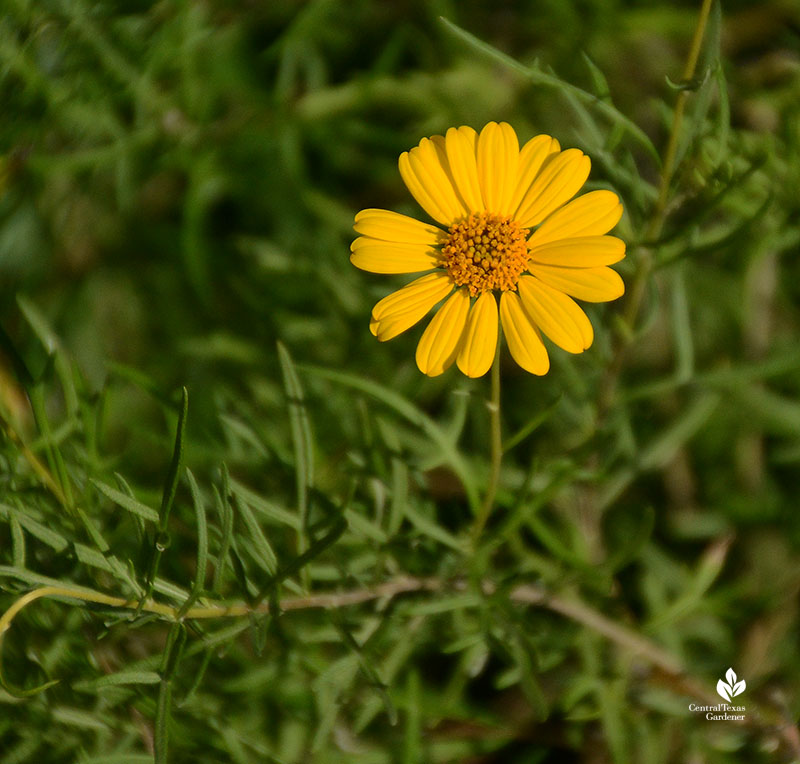 Wildlife benefit: Flowers attract beneficial pollinators.
Deer-resistant: The gorgeous, finely-textured foliage is aromatic, containing volatile oils, and so has some resistance to deer.
Wildlife benefit: Flowers attract beneficial pollinators.
Deer-resistant: The gorgeous, finely-textured foliage is aromatic, containing volatile oils, and so has some resistance to deer.  Trisha Shirey
Trisha Shirey